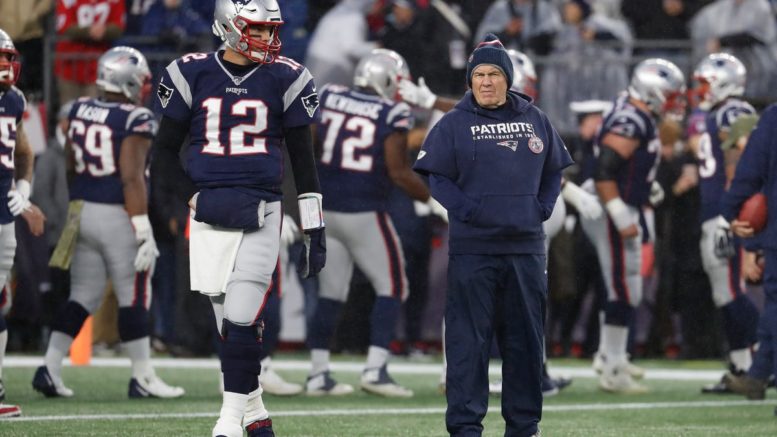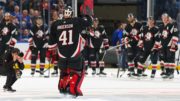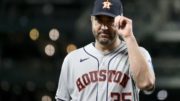From the beginning, Bill Belichick flaunted the egalitarian team culture he sought to establish in New England. Before they took the field for Super Bowl XXXVI, the St. Louis Rams’ Show on Turf offensive starters followed tradition by exiting the dimly lit tunnel one-by-one-by-one into the spotlight to the smattering of boos and cheering fans between the stadium announcer’s monotone recital of names. Marshall Faulk and Kurt Warner got the most resounding applause.
Bucking tradition, the Patriots rushed onto the field as a team and the stadium went berserk. The Rams were the first team I’d ever emotionally invested in simply because the 1999 season was the first time in my childhood I was interested enough to follow a season from beginning to end. I got goosebumps. Not only did Belichick lead the Patriots to a watershed upset, but he established the core tenets of his team-building philosophy.
The Patriots were the first dynasty to exist entirely in the salary-cap era. Belichick executed his role as the head of personnel in the most cutthroat way imaginable. His signature move was to discard stars in their prime for low-budget discount alternatives. But he was brilliant when it came to 3-D printing defensive talent. He waived Lawyer Milloy before training camp. He traded Ty Law not long after his titular Ty Law Rule went into effect that cracked down on downfield contact. The Tuck Rule and depressurized footballs receive all the scorn, but Belichick’s defensive backs could bend the rules, too.
Richard Seymour, Asanta Samuel, Chandler Jones were all deemed expendable. He benched Malcolm Butler before Super Bowl LII, traded Stephon Gilmore and never looked back. His Warren Buffet-like approach to disposing of depreciating assets was a bug that ultimately infected the offense once his talisman departed for Tampa Bay. But as the league shifted towards more dynamic passing schemes following the Ty Law Rule implementation, and other watering down of defensive physicality, Belichick took a backseat to Tom Brady, even while his defenses played a significant role in plowing the path to Super Bowls.
In contrast to his Big Blue defenses spearheaded by Lawrence Taylor, Belichick found a way to win with an assortment of grinders who blended into the background. After Brady’s evolution from game manager into a pocket executive, he maximized the skillsets of undrafted or late-round sleepers like Wes Welker, Julian Edelman, Deion Branch, Danny Amendola, Troy Brown. Tight end Rob Gronkowski, the late Aaron Hernandez, were first-round picks, and Randy Moss became the tip of a generational spear during his first season in New England. Brady’s final season in New England was marred by a culmination of roster mismanagement rather than poor coaching. His draft whiffs, a breakdown in the evaluation of skill positions and stubbornness by Belichick to reload through free agency. Instead, Belichick’s favorite Patriots often wound up being two-way athletes such as Troy Brown, or special teamers like Matthew Slater and Adam Vinateri.
Belichick has been brilliant at giving offenses swirlies. In both Super Bowls against the Rams, Belichick is credited with outmaneuvering the NFL’s premier offensive masterminds. He bookended the 1990s ,when offenses reigned supreme after the hurry-up offense was legalized, by winning a second Super Bowl as the Big Blue Wrecking Crew’s defensive coordinator with a backup quarterback directing a tepid offense. According to Jason Pauley’s analysis of Super Bowl champions, the next nine Super Bowl champions from the 1991 through 1999 seasons, ranked third or better in scoring.
Belichick arrived in New England as the 2000 Ravens Dilfered to a title (Dilfer – [verb] an extreme version of game manager. Starter must resemble a Dilbert illustration. His job is to sit a desk, handoff, and get out the way). The next year, Belichick reached the pinnacle for the first time as a head coach with the 199th overall pick in the 2000 Draft. Brad Johnson rode the coattails of Tampa Bay’s defense. In 2002 and 2004, the Patriots repeated with the NFL’s best defense. The 2005 Steelers Dilfered their way past the Indianapolis Colts’ record-setting offense all the way to a title with Ben Roethlisberger in a No. 7 jersey that was shorthand for the how many days he could go without an accident sign. The next year, Chicago reached a Super Bowl with Rex Grossman. Eli Manning stepped up to the plate behind Steve Spagnuolo’s pressure defense, and beat the Patriots’ 19-1 offense .
Before Belichick met Brady, he was following Dick Lebeau’s career path.That shouldn’t be a knock on his coaching acumen. Without one of the savviest defensive game planners in league history, Brady probably doesn’t win those first three rings before he self-actualized into the GOAT. However, Belichick never learned that, in this era, quarterback is the one position you can’t skimp on. Mac Jones was never a worthy successor to Brady. But he was put in an even more untenable position as a blossoming quarterback with bottom-of-the-barrel skill position talent and a former defensive coordinator as the Pats offensive coordinator during his formative years.
The next stage of Belichick’s career will be even more fascinating beyond his pursuit of Don Shula’s career wins record. Unless he can produce another Super Bowl elsewhere, detractors will attribute Belichick’s accomplishments to Brady’s presence. That will eat at his soul. Belichick has adapted too well over the past four decades to repeat the mistakes of the past four years,, which is why securing a legitimate first-class quarterback should be his top priority wherever he lands.
Follow DJ Dunson on X: @cerebralsportex
Original source here
#Bill #Belichick #eff #firstclass #Tom #Brady #clone





